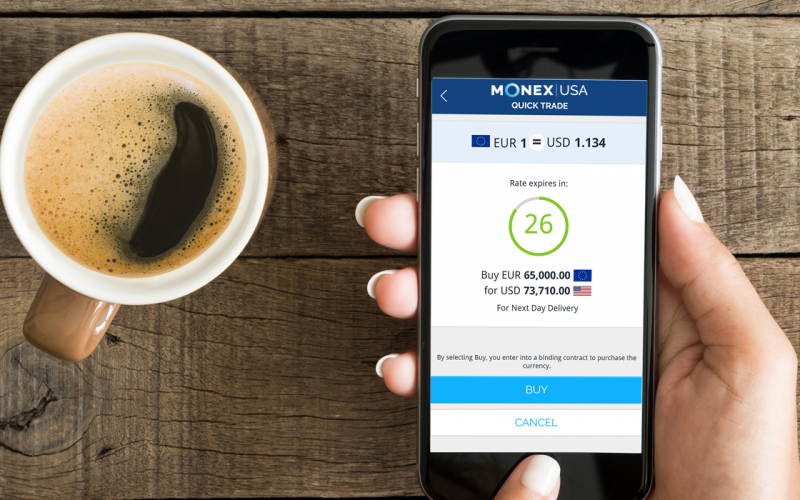USD
While gaining against the British pound, the U.S. dollar is down against the rest of its major counterparts this morning. The Bloomberg Dollar Spot Index dropped and is close to erasing all of its gains since the election of Donald Trump.
Yesterday’s Federal Reserve meeting failed to give the greenback a boost. Policy makers kept rates unchanged, as expected. But the bank did not provide markets with any reason to adjust expectations for future rate hikes. Currently, implied probabilities show only a 32% chance of a rate hike in March and 50.0% for June.
Weekly jobless claims registered as expected and holding near the best levels in four decades. With no major data out the rest of the day, attention will shift to tomorrow’s all-important Non-Farm payrolls print. Economists expect the economy to have added 175K jobs in January, up from 156K in December. Of course, we remain vigilant of Administration created volatility.
GBP
The British pound is the biggest loser this morning, dropping nearly a full percent against the U.S. dollar over the last two hours. The sterling had been gaining and reached a 7-week high overnight, but fortunes quickly turned on “Super Thursday.”
As widely expected, the Bank of England kept its monetary policy on hold. As a result of Brexit, inflation is starting to creep higher; so many thought the Bank of England might take a more hawkish tone today. While some policy makers noted there was concern over inflation, the risks of Brexit were greater. In short, policy tightening is not on the table in the near future, weakening the sterling. The BoE’s Inflation report shows central bank members expect price growth to be just 2.8% next year.
The sterling has continued its dive during Bank of England Governor Mark Carney’s remarks this morning. Carney says policy makers “tolerance for above-target inflation is limited,” while Brexit weighs on growth and long-term inflation measures remain well-anchored.
AUD
The Australian dollar was able to take advantage of strong data and a weak U.S. dollar, gaining nearly 1.5% against the U.S. dollar. Australia’s trade balance climbed to a record 3.5 billion surplus driven by increases in exports of iron ore and coal. The strong data should erase any chance that the Reserve Bank of Australia will cut interest rates at their policy meeting next week. Indeed, traders are now only pricing in a 3.0% chance of a rate cut.



